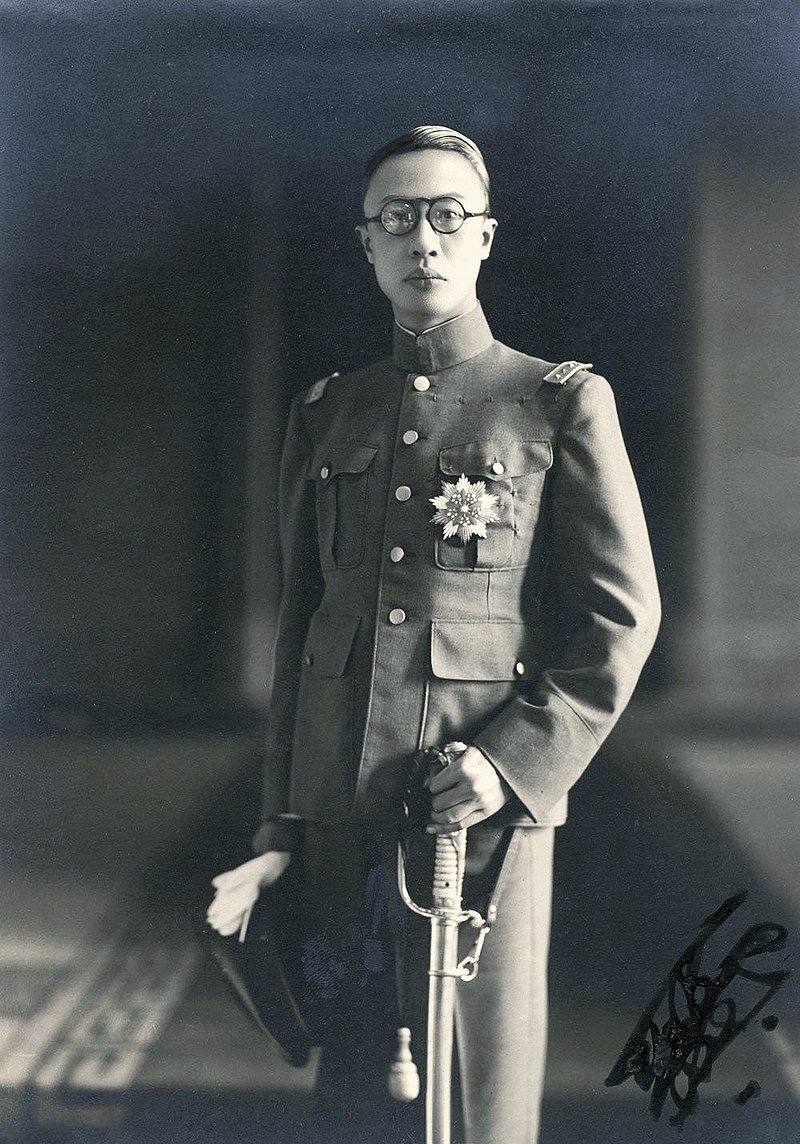On February 12, 1912, Puyi, the last Emperor of China, made the historic decision to abdicate the throne, bringing an end to over two thousand years of imperial rule in China. This momentous event, following the 1911 Revolution, marked a significant turning point in Chinese history, as it led to the collapse of the Qing Dynasty and the beginning of the Republic era.
The 1911 Revolution, also known as the Xinhai Revolution, was a widespread uprising against the Qing Dynasty’s rule, which had been in power since 1644. The revolution was fueled by a combination of factors, including widespread dissatisfaction with the Qing government’s corruption, economic instability, and the influence of Western ideas and ideologies. It was a time of great political and social unrest in China, with various revolutionary groups and factions vying for power.
Puyi ascended the throne at the tender age of two in 1908, following the death of his predecessor, Emperor Guangxu. As the last Emperor of the Qing Dynasty, Puyi’s reign was short-lived and fraught with challenges. His abdication in 1912 was not entirely unexpected, as the Qing Dynasty was already on the brink of collapse. The revolutionaries, led by figures such as Sun Yat-sen, had gained significant support and were determined to establish a republican form of government.
Puyi’s abdication was a symbolic act that signaled the end of imperial rule and the beginning of a new era in China. He was just six years old at the time and was forced to relinquish his position as the ruler of the country. The Provisional Government of the Republic of China was established, with Sun Yat-sen as its first provisional president.
The abdication of Emperor Puyi had far-reaching consequences for China. It marked the end of the dynastic system that had been in place for thousands of years and paved the way for significant social, political, and cultural changes. The establishment of the Republic of China brought with it new ideas of democracy, nationalism, and modernization.
After his abdication, Puyi was allowed to retain his title as Emperor but had no real power. He lived in the Forbidden City in Beijing until 1924 when he was expelled by warlord Feng Yuxiang. Puyi’s life took many twists and turns, including being briefly reinstated as the puppet Emperor of Manchukuo by the Japanese during their occupation of China in the 1930s and 1940s.
Following the end of World War II, Puyi was captured by Soviet forces and handed over to the Chinese Communist Party. He was imprisoned and subjected to re-education, eventually being released in 1959. Puyi later worked as a gardener and librarian until his death in 1967.
The abdication of Emperor Puyi in 1912 remains a significant event in Chinese history. It symbolizes the end of traditional imperial rule and the beginning of a new era of change and transformation. Today, the Forbidden City, where Puyi once resided, stands as a reminder of China’s imperial past and the complex history that led to its present-day form.
For more information on the abdication of Emperor Puyi and the events surrounding it, you can refer to the following external references:
As we reflect on the abdication of Emperor Puyi in 1912, we are reminded of the immense impact it had on China’s history and the subsequent changes that shaped the nation’s future. It serves as a reminder of the power of revolution and the ability of a determined people to bring about significant political and social transformations.

